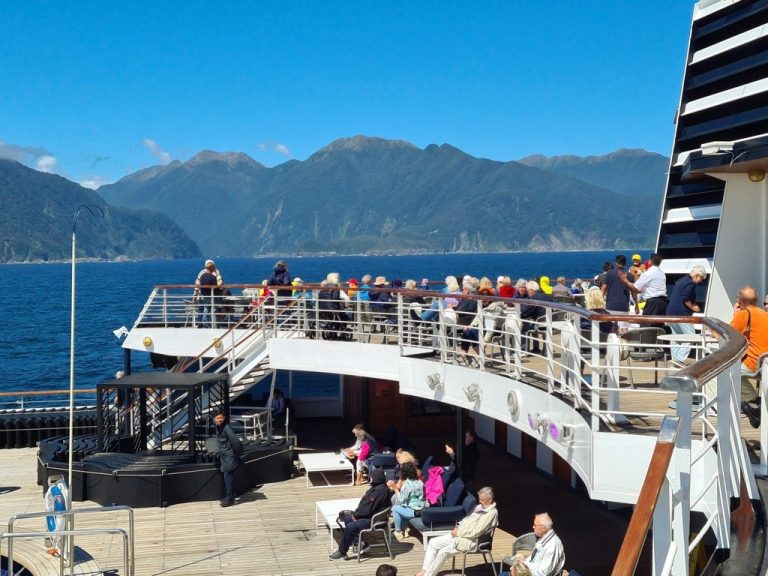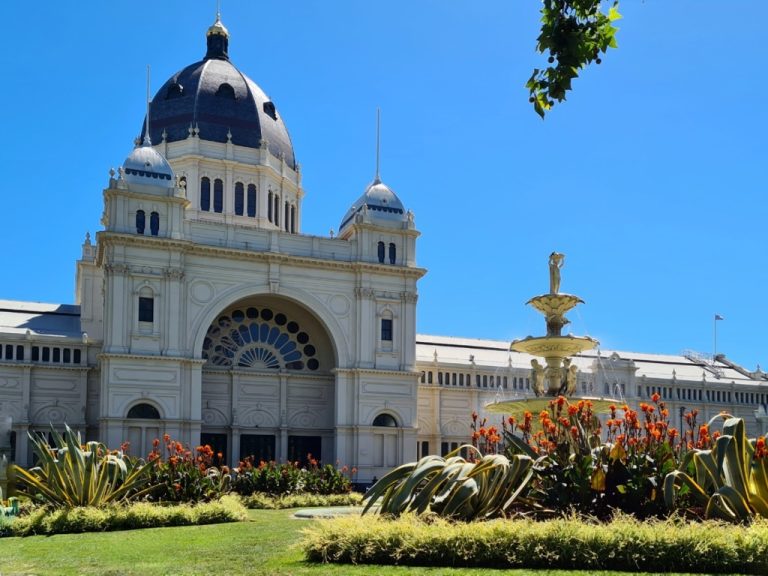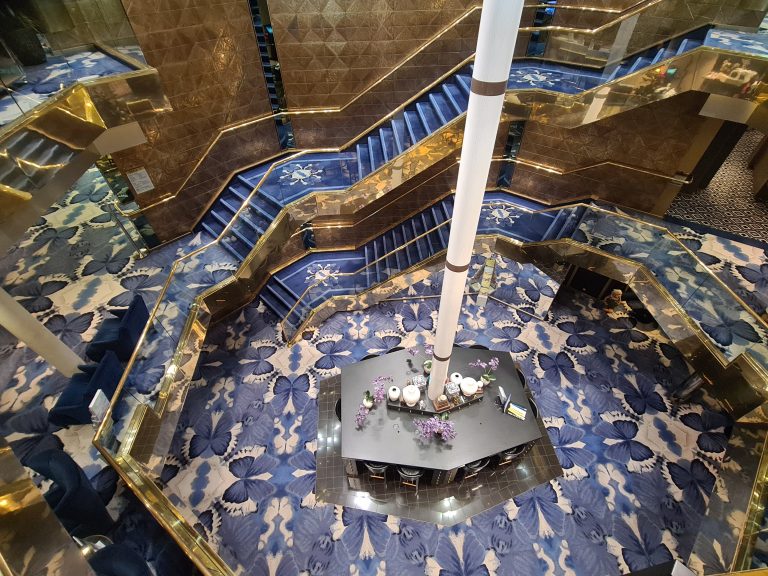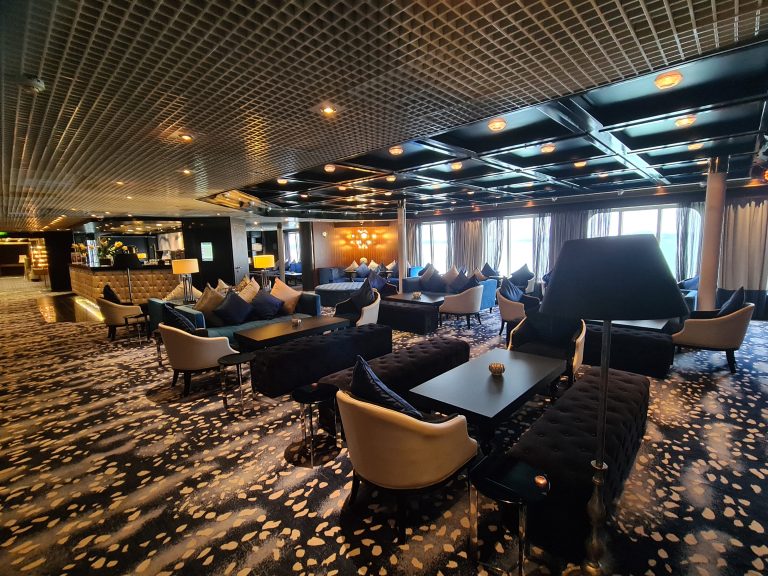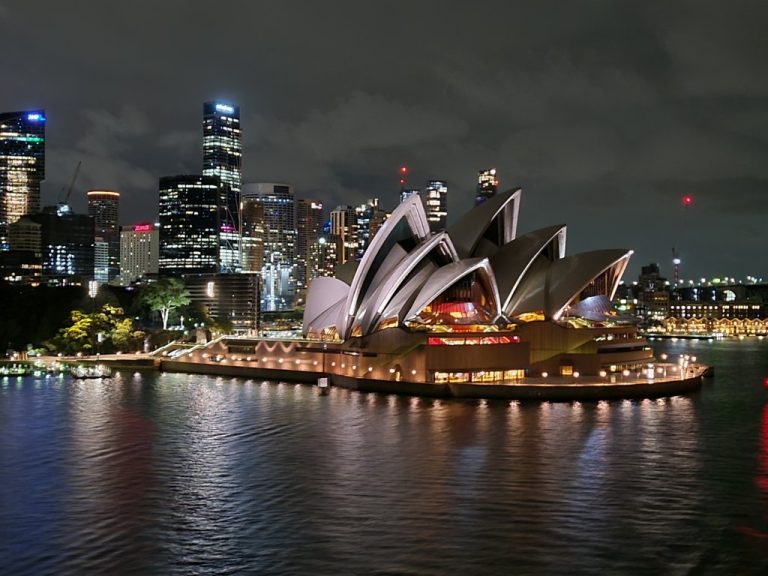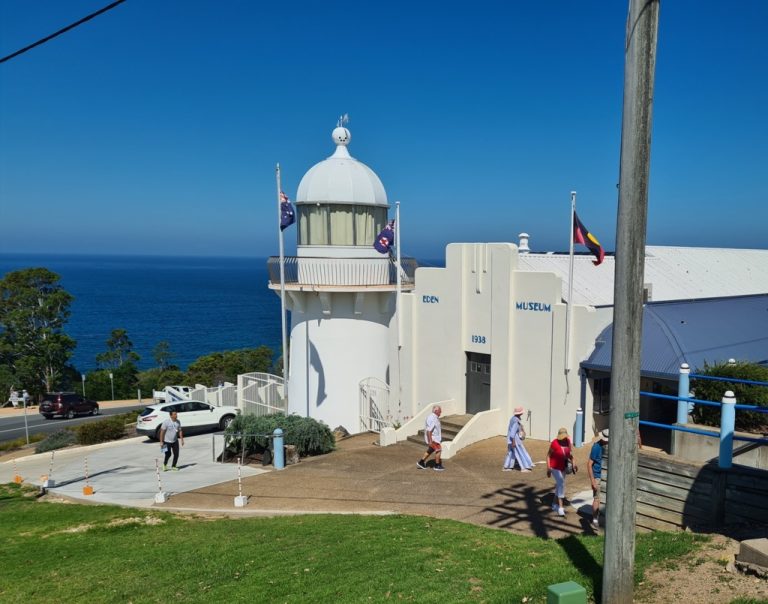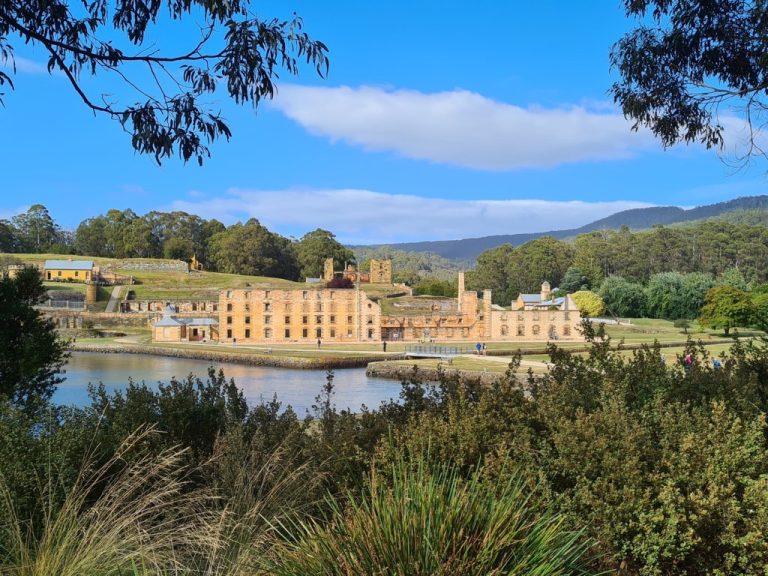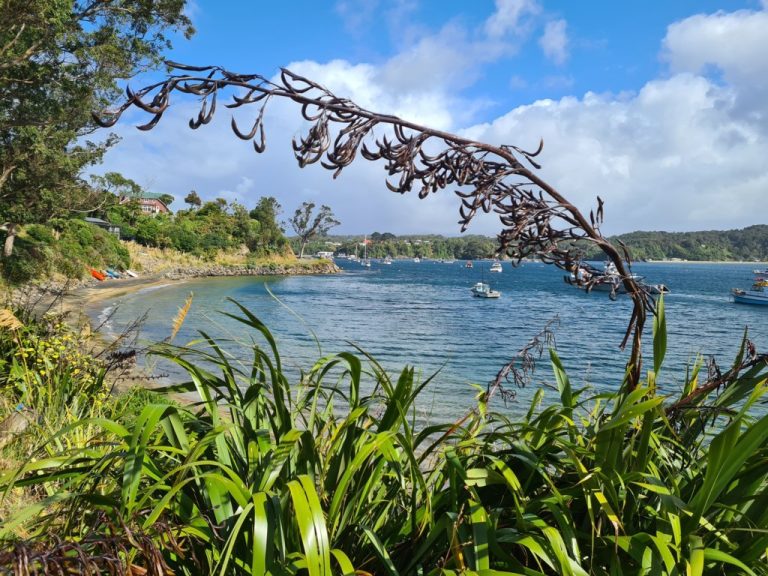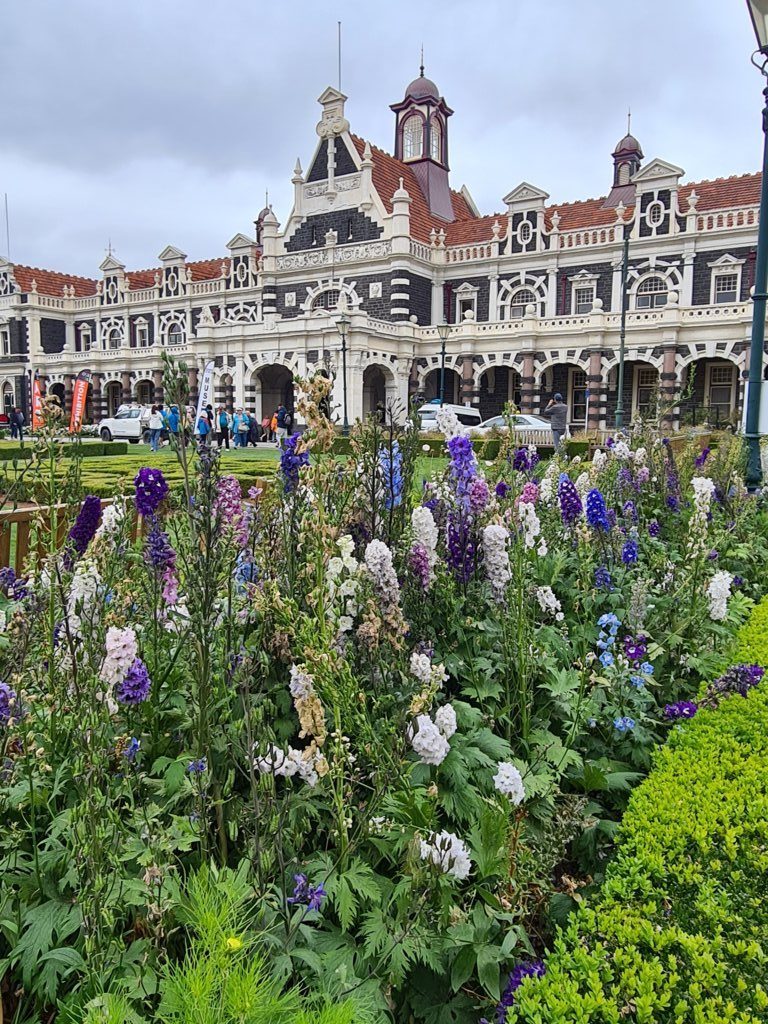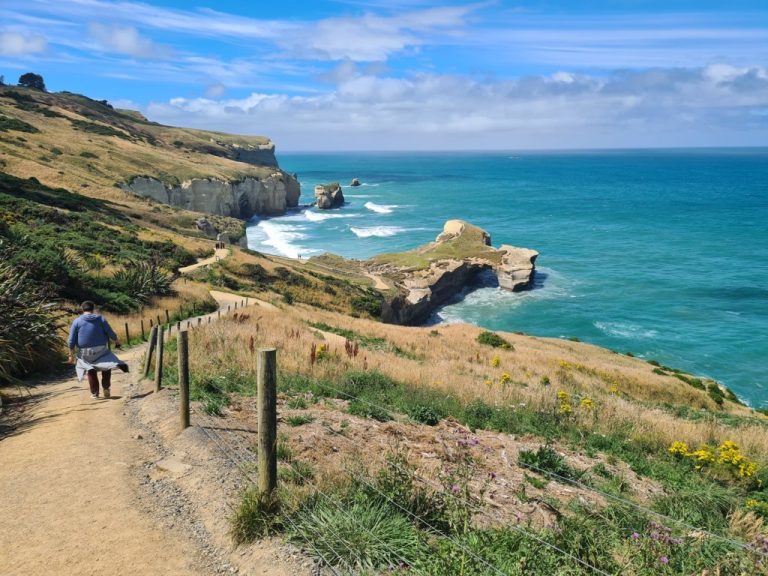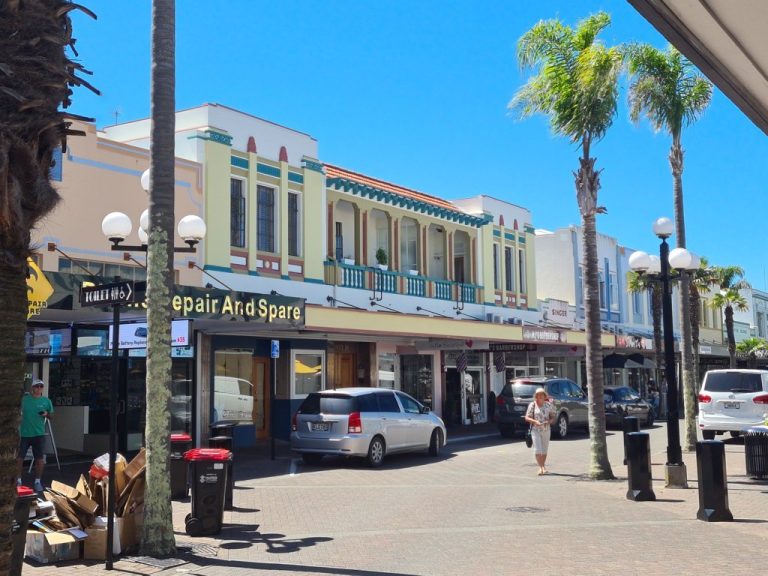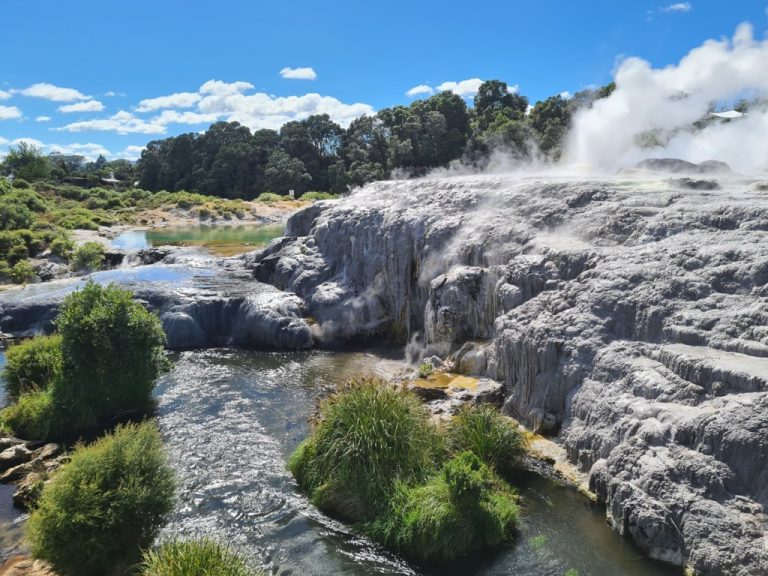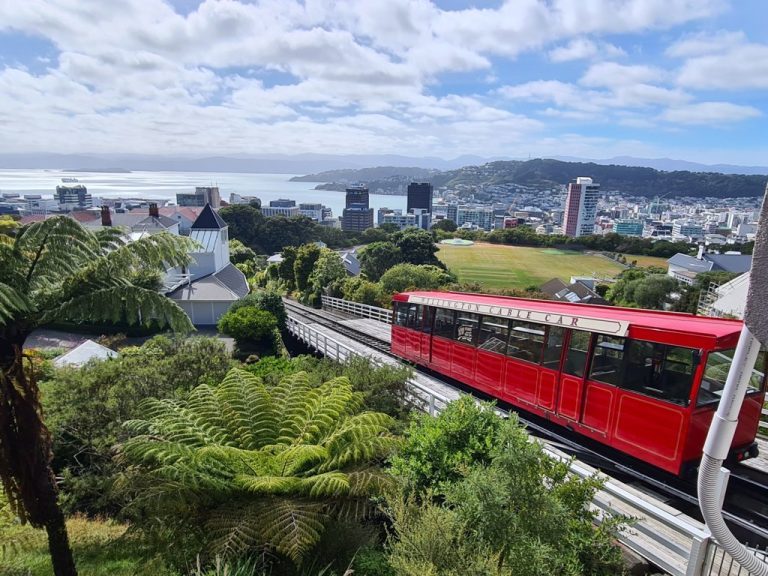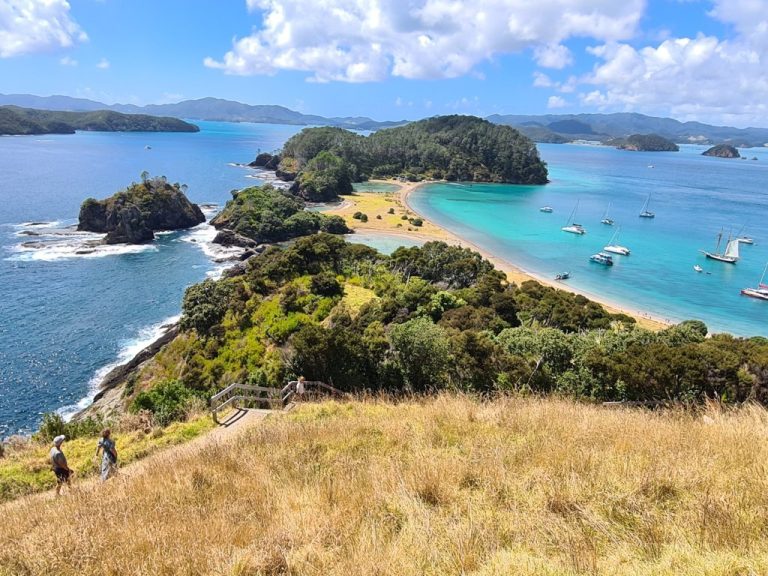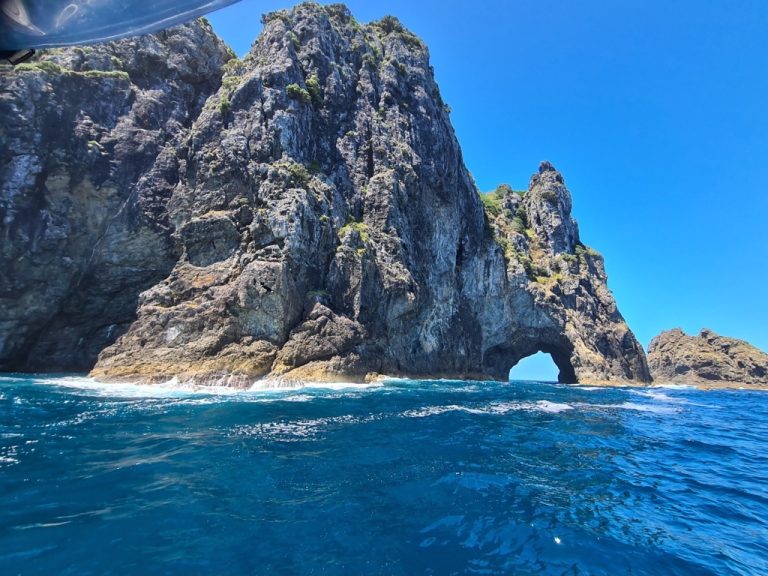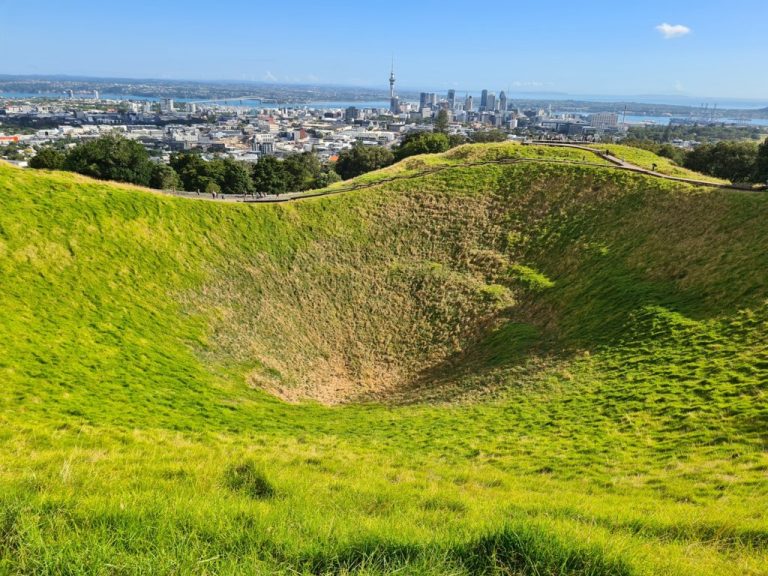Nicko Cruises: 3697 miles to the end of the world
From Australian Sydney to New Zealand’s Auckland: two countries, 15 ports, and nautical miles across the sometimes stormy Tasman Sea, all unfold before Nicko Cruises‘ Vasco da Gama.
The fact that there was one port less at the end of the 20-day journey was not due to the weather conditions of this part of the world but simply to the pilots of Tasmania. They work less on Sundays and evenings, and without the pilots, the ship doesn’t go anywhere. Captain Adrian Firsov had to suddenly change course, postponing the brief visit to Tasmania to weekdays and then heading back towards Melbourne—thus giving the 800 passengers on board an extra day at sea.
Vasco da Gama
Melbourne
Melbourne
Anyone who has already traveled on a Holland America ship will immediately feel at home on the Vasco da Gama, built in 1993. The imposing staircase, the meticulously decorated Waterfront Restaurant, the Lido Deck with a heated pool and a dolphin sculpture—all reminiscent of smaller ships from the competition. The resemblance is not accidental, as the Vasco da Gama, awarded as the ship of the year in April 2023, was previously known as MS Statendam for Holland America.
Deck 6 became my favorite spot during the cruise. In the morning, I took my usual walks on the 400-meter-long teak promenade and was delighted when a group of dolphins cut through the bow waves of the ship. At lunch, when there’s no available space on the Lido Deck with its charming bar, the ideal is to lie on one of the white deck chairs and enjoy the most beautiful moments of navigation. Every day is a caress for the soul, and even the weather becomes secondary. Sometimes the sun creates a carpet of silver sparks on the smooth sea like a mirror, another day, wrapped in a jacket and hat, I breathe in the fresh sea air. Whether it’s a sunny day or a stormy day—force 8, on Deck 6, I often feel like I have the whole ship to myself.
Vasco da Gama
Vasco da Gama
The great advantage of the Vasco da Gama is that it also stops at smaller ports, around which the giants of the seas with thousands of passengers cannot access, such as the fishing village of Eden, located about 475 kilometers south of Sydney, directly on the beautiful Sapphire Coast. In the second half of the 19th century, Eden was a small village where fishermen chased tuna in rowing boats and occasionally harpooned a whale. The Whale Killer Museum remembers those times when whale hunting was a significant source of income for people in Twofold Bay because the world craved their fuel. In the museum, there’s even a nominal “family tree” of whales dating back to the 18th century. In the second half of August, the large creatures populate Twofold Bay, while the rest of the year, excursion boats for peaceful whale watching are docked in the harbor.
Sydney
Eden
It’s hard to believe: just under 200 years ago, the Australian continent and the island off Tasmania served one purpose only—to be a penal colony of the British Empire. If the walls of Port Arthur on the Tasmanian island could speak, one would obtain a voluminous book. For 30 years, the island’s prison was a place of shame, a synonym for state terror, where rehabilitation was, in reality, dehumanization. Port Arthur is almost as famous as Alcatraz in San Francisco Bay and no less infamous. Because from this corner of land far from civilization, there was no escape.
The contrast between the prison blocks and nature could not be greater. Here, tiny cells where thieves, women with morally questionable lifestyles, and even children ended up, blend with a paradise-like landscape, with arched cypresses, hydrangeas, roses, and all exotic plants in lovingly tended gardens, and shy wallabies hop through eucalyptus forests. Since 2010, the open-air museum, Tasmania’s main attraction, is a UNESCO World Heritage site.
Porth Arthur
During the journey across the Tasman Sea, Neptune flexes his muscles. Wave after wave crashes onto the ship, with piles of white foam everywhere. The sound of the sea and the wind is indescribable. Sometimes it howls like a wounded beast, then whispers like a clever seducer. The foam settles like a damp cloth on the teak floor and handrails, and only the most daring venture outside, battling the whistling wind. I prefer not to get into the hot tub; instead, I delight in the force of the sea, with the salty taste on my lips, and the clouds of foam sparkling with silver colors in the sun.
All seasons in one day: it can happen in this corner of the world. Stewart Island is literally the last outpost of civilization, the last piece of land before Antarctica. For the island with the Maori name Rakiura, I have to consult the search engine first. Even the tour guide dedicates only a few pages to the third-largest island in New Zealand, which navigator James Cook mistakenly took for the southern tip of the South Island. But we forgive him, as it is only 30 kilometers away and presents itself with a pale silhouette on the horizon.
Stewart Island
The thermometer reads 13 degrees on this New Zealand summer day, the sun shines and alternates with pouring rain, the wind almost blows away the dishes and covers the uniform sound of the sea. Bays with extremely fine white sand and crystal-clear water, completely deserted, seem inviting, but a brief test with the hand immediately reveals how those sensitive to the cold do not enjoy themselves on this ocean.
The village of Oban, with its 300 inhabitants along the crescent bay, has only 600 inhabitants on the entire island, most of which is protected for its unique flora and fauna. During the short summer period, 30,000 visitors join, arriving either by ferry or propeller planes.
There’s not much to discover in Oban: a Presbyterian church, the Bunkhouse Theater, occasionally used as a communal cinema, the colorful elementary school, and a small shop where sports enthusiasts can rent electric bikes. Although Oban’s street layout is orderly, for pub density, the place surpasses many large European cities. Seven restaurants, pubs, and food trucks vie for customers in this country of 300 inhabitants. Even in the historic “South Sea Hotel,” a true Windsor scion was spotted participating in the Sunday pub quiz. Prince Harry and his “Ginger Ninja” team didn’t win, English newspapers ironically noted—the questions must have been carefully chosen.
Dunedin
Dunedin Tunnel beach
Napier
Almost every day, the “Vasco da Gama” makes a stop in a new port, letting us discover an unknown city. In Melbourne, we wander through narrow alleys adorned with colorful street art, where everything one desires can be found. In Christchurch, we follow the traces of the violent earthquake that leveled half of the city center. In Wellington, we take the famous Cable Car to the highest Kelburn neighborhood, from where we admire the capital of New Zealand spreading below. But it’s not the big cities that linger in memory; it’s the small gems like the Scottish Dunedin or Napier, the Art Deco capital of the world. In 1931, the Pacific-side city, 400 kilometers south of Auckland, was completely destroyed by an earthquake. Reconstruction occurred with precast concrete parts, on whose facades local architects could unleash their creativity. Their love for the artistic movement dominant between the wars is evident. While on the ground floors of the more than 100 buildings, there are Indian restaurants, bookstores, and souvenir shops, upstairs zigzag designs adorn pastel-colored facades. Geometric patterns in bright hues embellish angular projections, frame leaded windows, and reappear on wrought-iron balconies. Elegant lanterns, delicate as candle holders, line the streets between Tennyson and Dickens Street. Even McDonald’s resides in a beautifully restored Art Deco building, something visitors might expect to find in Paris, New York, or Vienna.
Thermalfeld in Rotorua
Wellington cable car
That the earth trembles beneath New Zealand is evident in Rotorua, on the North Island. Its thermal field with its seven active geysers is the largest in the geographically isolated island nation in the southern Pacific. There are steam-emitting fumaroles and mud pools that are used in hotel spas against rheumatism and for purifying the skin. There are terraces with hot pools that, thanks to minerals dissolved in the thermal water, shine in orange, green, or blue, all set in a green valley with huge silver fern trees, whose silhouette adorns the faces of many tattooed Maori. Along with the kiwi (the flightless bird), the silver fern is one of the symbols of New Zealand.
One of the most beautiful regions awaits us at the end of the journey: the Bay of Islands, which stretches about 20 kilometers inland. 144 islands—some sparsely populated, others mere rocks in the crystal-clear sea—lie in the bay, where British navigator and explorer James Cook landed in 1769 and immediately encountered the indigenous population. The picturesque port town of Paihia, with the country’s oldest church, is the perfect starting point for boat trips to the Hole in the Rock—a hole high in the sandstone rock, through which excursion boats navigate with calm seas—or to the sand dunes behind Ninety Mile Beach, where locals slide down with surfboards.
bay of island cookinsel
bay of island hole in the rock
Auckland
Tasmanische Teufel
In Auckland, the city of 1.6 million inhabitants with its numerous volcanic craters now submerged under a carpet of plants, the journey through Oceania comes to an end. In total, the Vasco da Gama has covered 3697 nautical miles, almost 7000 kilometers. It has faced wind and waves, overcome complex mooring maneuvers, and has occasionally anchored. What remains are indelible memories of metropolises reaching towards the sky that are not even 200 years old, of wild nature full of exotic plants, of friendly people who always had a smile for the stranger. The Tasmanian devil plush, which we encountered live at the “Bonorong Wildlife Sanctuary” near Hobart, finds a place of honor on the home sofa. Who knows if we will ever see it again.
Stay tuned for more news, updates, and reviews of Nicko Cruises on Cruising Journal with photos, videos, and cruise offers.

